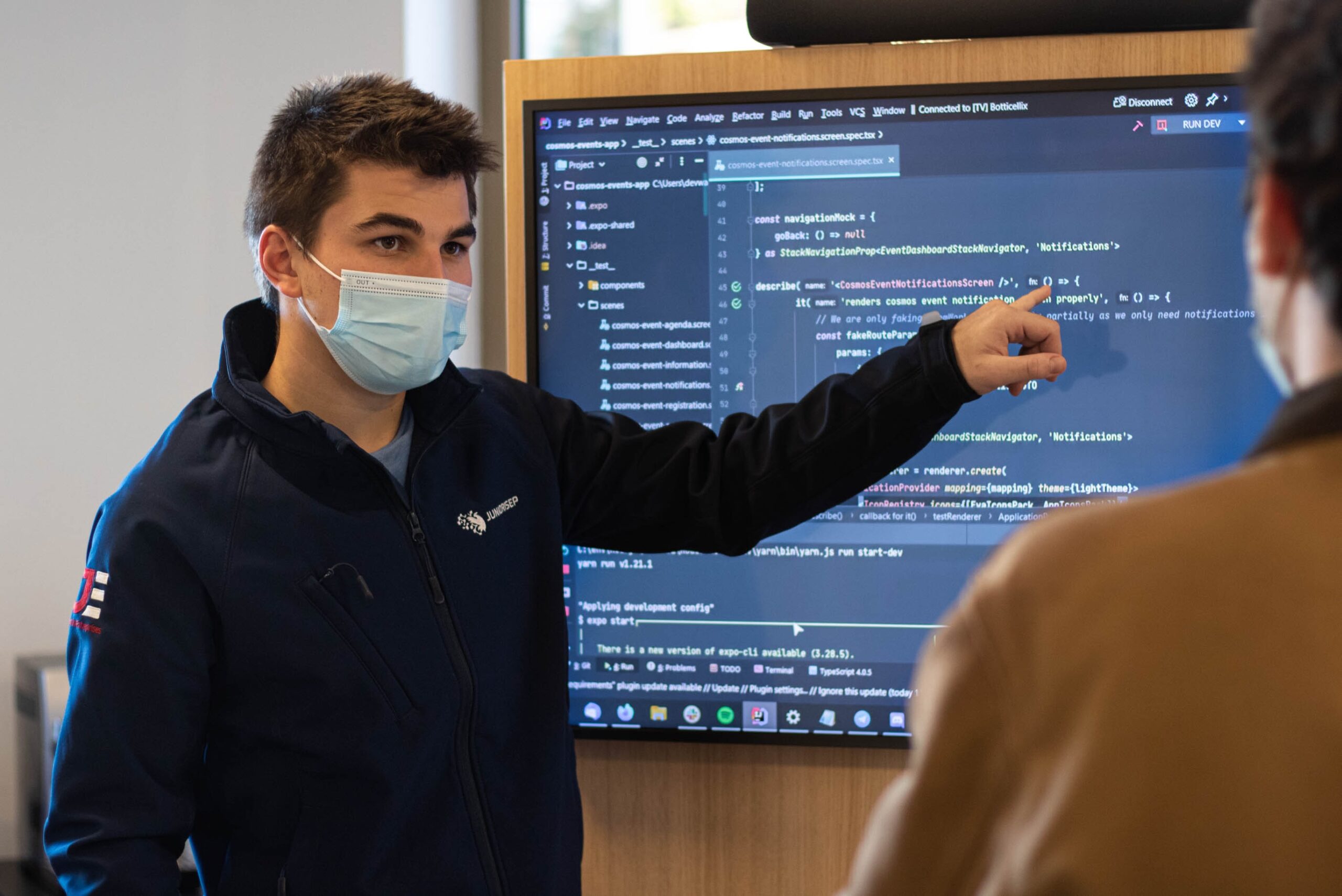In 2020, something happened which many of us did not believed possible: schools closed. Overnight, students found themselves stuck at home with limited access to learning resources, stunted communication with their teachers, and no knowledge of when the situation would end. Parents too had to adjust with little information, providing educational support for their children while also managing overhauls in their own lives. The transition to online teaching was unexpected, and rapid. Teachers quickly transitioned to leading classes over Zoom, some with little prior knowledge of the platform. Thankfully, resourceful teachers across the world have adapted their styles to not only keep their students engaged and enthusiastic, but to allow them to thrive. With the vaccine program well underway and schools reopening worldwide, now is a good time to look back on the past eighteen months to assess the greatest changes that have occurred in education and what we can expect for the years to come.
Naturally, the most salient shift has been from in-person to distance learning. This has brought many difficulties both for students and teachers. Engaging a large class over video call is a daunting task: students can be overlooked, not receive the proper guidance they need, and can often be distracted, finding it harder to concentrate when their sole social and educational interactions are through Zoom. The key difference is that this video medium, while allowing connection through space, cannot erase the physical barrier between student and teacher. Online teaching removes the presence of being in a classroom, and communication can stultify as a result. Teachers need to have a strong and lively personality in order to engage their students and they need to be attentive to ensure all students receive the help they need.
With these challenges in mind, let us explore how teachers have innovated to flourish in this world of digital education. Many have seen remote teaching as an opportunity, a challenge to be made the most of, not as a detriment. With the tools of the digital age at their disposable, tutors can create novel and interactive resources, pushing the bounds of the traditional teaching model and speaking to their students in the language they understand. Many schoolchildren now experience iPads before they do books; what better way to teach them, then, than through the Internet? The continual innovation in use of technology is the main effect we have seen of the pandemic. Teachers are being pushed to use the digital medium in new ways.
One way we are seeing this is in a proliferation in the use of Internet resources. Videos, interactive games, quizzes, audio files, can now be seamlessly integrated into Zoom sessions. Going beyond the traditional bounds of the textbook, these tools can help keep students motivated and engaged, allowing the video call platform to turn from a barrier into an interactive window, which allows learning to be retained.
An especially innovative new development in technology has been the use of VR (Virtual Reality) headsets to create exciting lessons for students. Here the barrier of Zoom is removed, and teacher and student can feel immediately present once more. This makes learning more natural, aids communication, and puts the student at ease. Within this virtual classroom, the possibilities are endless: the environment can be created, edited and expanded at will. Learning about Ancient Greece in your History class? Pull up a life-size model of the Parthenon to explore it first-hand. Learning about how celestial bodies move in Science? Create an interactive model of the solar system and test it yourself. Expect many more developments to come in this exciting new field.
Beyond new technology, remote learning has led to a wave of new and alternative lesson structures, better tailored to students as individuals. Students are no longer wholly satisfied with their school teaching alone, especially when communication is often difficult and class sizes are large. One-to-one lessons can be tailored exactly to the students’ needs, and we have seen an exponential rise in such bespoke tutoring since the pandemic began. Parents and students are seeking alternative ways, beyond traditional academic structures, to achieve their goals. For this reason we have seen a huge rise in qualified young tutors, who speak the language of the internet, and who, more than just giving personalised and focused teaching, present a mentoring figure for students to air their concerns and to grow in the ways they need. These tutors can provide a sense of stability in an uncertain world; regular sessions can give comfort to students who do not know when schools will return to normal, how exam formats may change, and so forth.
The pandemic has seen the development of a new model for the teacher-student relationship. Students wish for the support of someone who cares not only for their educational needs, but for their needs as a budding young person, who can provide a key social interaction, an extra node in their support network, to respond to their individual personalities and allow them to flourish. The new online tutor presents such a model: they are responsive, communicative, and create a safe space for questions. This model will undoubtedly echo back into physical schools, as teachers learn from the world of online tutoring to tailor classes to what individual students need.
Most schools are set to run their programs as normal in the coming year, with students of all ages returning to campus. We have seen how dramatically the world of teaching has changed over the past year. Which of these changes will remain, and what then can students expect from the months to come? One thing can be said definitively: remote learning is here to stay. The online teaching infrastructure has now been established, and students and parents will be able to utilise this to their maximum advantage. No longer are they constrained by which tutors are available nearby, but they can actively seek out the best tutors for their students, wherever they may be in the world. This can help give students the guidance they need to excel, developing their confidence and academic skills to allow them to stand out from the crowd. Digital resources will be further integrated into curricula, and into teaching styles: the wealth of new technologies and valuable interactive techniques will continue pushing teachers to engage their students in the ways they best understand, and their learning will benefit as a result. Expect continued proliferation here: with a proactive teacher, these can be of great use to students of all ages.
While the pandemic has presented overwhelming challenges for so many, it has also given opportunity: distanced learning has pushed technology to be used in novel ways, and has created a new and more focused teacher-student relationship. Teaching has been set on an exciting new path: undoubtedly, these innovations will set the direction for the years to come.
About the Author: Stephen attended the University of Oxford, where he received his B.A. in Philosophy & French, followed by his MSt in Ancient Philosophy. For the past five years, Stephen has taught and mentored students from middle school through college in positions all over the world, from the UK to South Korea. He focuses on language and humanities instruction, coupled with intensive writing skills and college application coaching. His language studies saw him teach English for a year in southern France, as well as holding a technical translation position in Spanish in Barcelona. He has received formal training in mental health support, and has substantial experience working with students with anxiety and depression. Stephen is a warm and dynamic individual, who focuses on creating an open and engaging learning environment. He is currently based in the UK, where he enjoys reading, taking long walks, and playing the guitar and piano.







